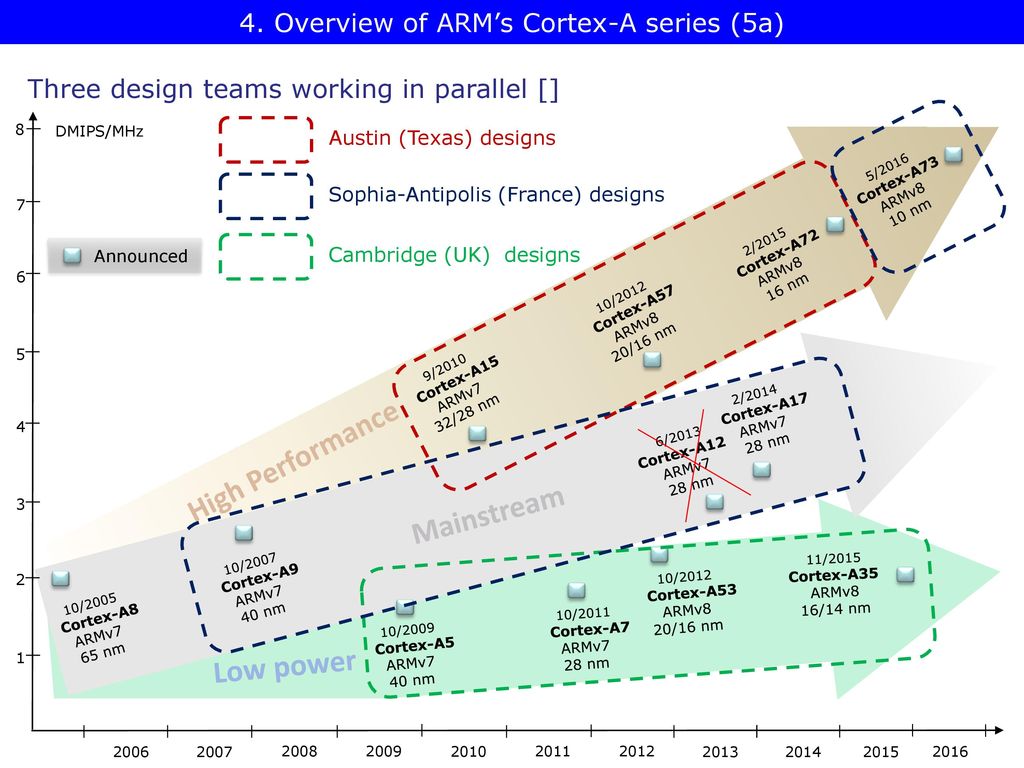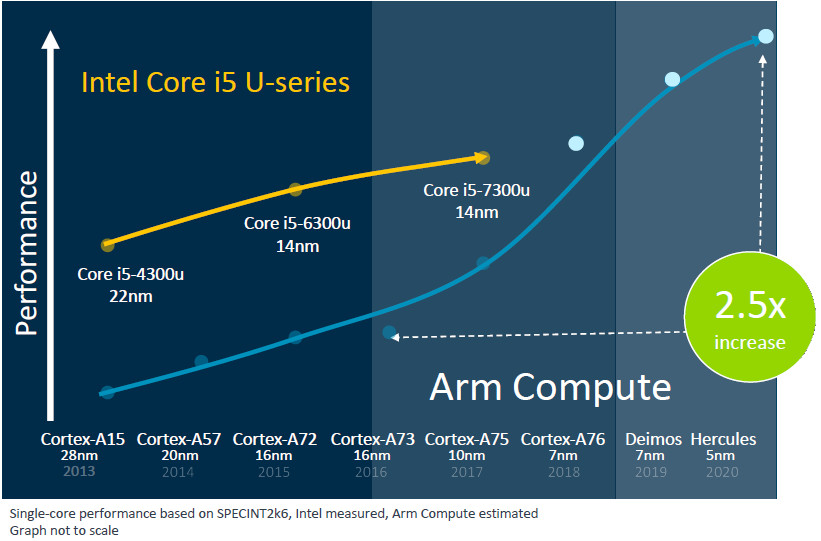32-bit
32-bit is on the way out. The bigger Linux distro's don't cater it for their latest (x86-64) releases and Android is dropping 32-bit too, as is IOS.
But you might have some special need for 32-bit, what to look out for in a tablet/SBC/smartphone/whatever 32-bit ARM device?
- First: the more cores the merrier. A dual-core is more efficient than a single core, a quad-core is more efficient than a dual-core and an Octo-core is more efficient than a quad core.
Haven't seen any hexadeca-cores, or I would recommend them. - Second: You need at least four Cortex A-15 cores.
In all my innocence I always thought that the 2014 Cortex-A17 was the best 32-bit ARM Cortex-A chip, but according to ARM the A-17 is mainstream, while the 2010 A-15 is high performance.

Based upon this the Odroid-XU4 might be the best choice for your money, running your 32-bit Linux and Android applications. The productivity of my Odroid-XU4 is on the same level as my Raspberry Pi 4B's that operate on 32-bit Raspbian at stock speed. The stock cooling of the XU4 leaves to be desired -both in performance and noise- and it could do with a leftover chipset cooler with heatpipe and fan. But, as already said: 32-bit is on the way out.
64-bit
64-bit capable SOCs we already had some years ago, but 64-bit operating systems -and BOINC applications catering for them- were less common.
Now there is both 64-bit Linux/ARM and 64-bit Android/ARM, and we are no longer confined to the somewhat mediocre performance of the Cortex-A53 based SOCs. In the 64-bit SBC userland nothing beats the Odroid-N2+ at the moment, having a hexa-core Amlogic S922X that can be overclocked to 2400 MHz for its four high performance Cortex-A73 cores and to 2000 MHz for the two low power Cortex-A53's. Be sure to order their 80mm fan too with the board, that comes with an immense heat sink. At the moment I only have an Android equipped N2+, but I'll order one to have Ubuntu Mate or Armbian soon too. Using the route of adding an alternative platform in the cc_config.xml you can let the 64-bit ARM boxes run 32-bit apps too. At least: This works with Linux, it ought to work with Android too. And when in doubt, always go for the model with the most RAM. If you do buy a Raspberry Pi 4, make it the 8GB version, so each thread can have 2GB. I sure would welcome a 12GB Odroid-N2++, that would be able to assign the same amount of RAM to each thread though.

For other 64-bit ARM devices: look out for at least four Cortex-A7x's. The higher the number, the better it is. And make it at least 4GB of RAM.

